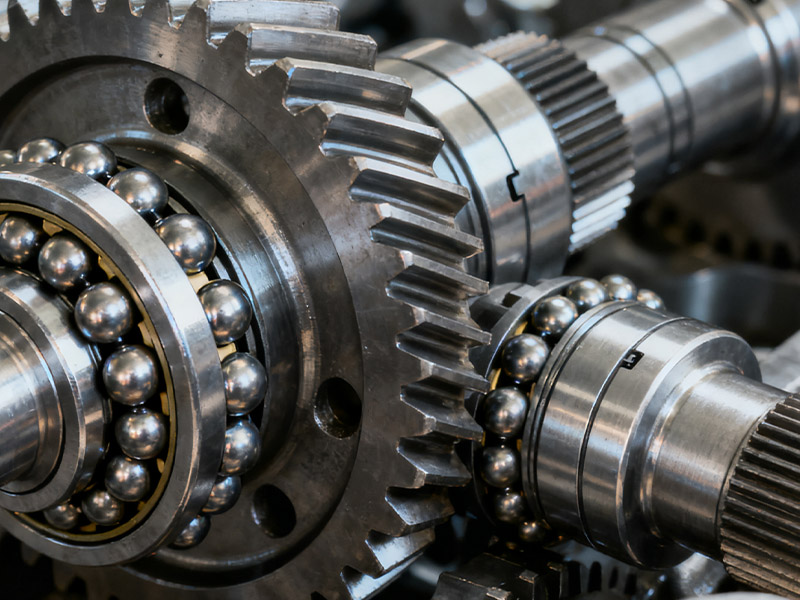China’s cost-effective engineering machinery resources can be summarized as a comprehensive system: “Led by leading domestic brands, covering new and used equipment, relying on a complete industrial chain and digital ecosystem, providing highly competitive products and flexible procurement solutions.”
I. The “Core” and Support of Cost-Effectiveness (Why Achieve Cost-Effectiveness?)
- Economies of Scale and Cost Diffusion:
China is the world’s largest market and producer of construction machinery, and its massive production and sales volumes significantly reduce R&D and manufacturing costs.
2. A Complete and Efficient Domestic Supply Chain:
From steel, hydraulic components, engines, to tires, China boasts the world’s most comprehensive supply chain for construction machinery. Local sourcing reduces tariffs and logistics costs on imported core components, enabling faster response times.
3. Intense Market Competition:
Intense competition among domestic brands (such as Sany, XCMG, Zoomlion, and Liugong) is driving companies to continuously improve product quality, optimize costs, and lower prices to gain market share.
4. Continuous Technological Innovation and Domestic Substitution:
Leading brands are already at the forefront of the global market in intelligent and electrified technologies. Furthermore, key components previously reliant on imports (such as hydraulic pumps, motors, and controllers) have now been domestically produced on a large scale, breaking the foreign monopoly and directly reducing bill of materials (BOM) costs.
5. A Mature Secondhand Equipment and Remanufacturing Industry:
The vast market inventory provides ample supply for the secondhand market. Professional refurbishment and remanufacturing technologies allow equipment to be “rejuvenated” at a lower cost, meeting the needs of different budgets.
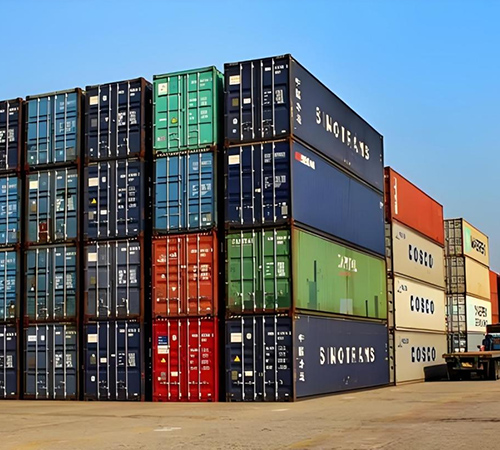
- Two Core Sources of Cost-Effective ResourcesSource 1: Brand-New Equipment—Top Domestic Brands.
This is the main force behind “cost-effective” products, characterized by “high-quality configuration, competitive pricing, and fast service.”
Representative Brands:
Sany Heavy Industry: A global leader, particularly in excavators and concrete machinery. Its equipment is renowned for its powerful performance, high efficiency, and advanced intelligence.
XCMG: A full-line manufacturer with the most comprehensive product line. Strong in cranes, rollers, loaders, and other areas, renowned for their durability. Zoomlion
: An industry leader in concrete machinery, tower cranes, and construction cranes.
Liugong: Founded with loaders, it is known as the “King of Chinese Loaders,” and its excavators and small equipment are also highly competitive.
Lingong, Shantui, and Lovol: These companies have strong cost advantages in niche areas like loaders and bulldozers.
Cost-effectiveness:
Price: Equipment of comparable tonnage and configuration is typically 20%-40% lower than international brands like Caterpillar, Komatsu, and Volvo.
Configuration: These typically feature engines and transmissions from renowned brands (e.g., Cummins and Weichai), and they also offer generously priced intelligent control systems and comfort features.
Warranty and Service: To compete with international brands, leading domestic brands typically offer longer warranties and more proactive after-sales service.
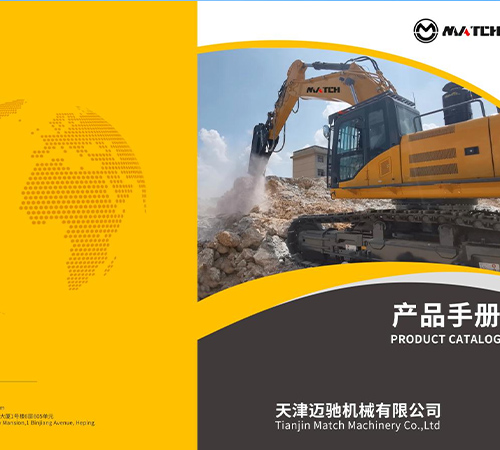
Source 2: Used Equipment – Full Brand Coverage
. This category represents “extreme value for money,” characterized by low prices and a quick return on investment.
Main Equipment Sources:
1. Domestic Equipment: Equipment from the brands mentioned above dominates the used market, offering abundant supply, affordable parts, and easy repairs.
2. Joint Venture/Imported Brands: Brands with factories in China, such as Komatsu, Caterpillar, Doosan, and Hyundai, offer competitive pricing in the used market, surpassing purely imported models.
Advantages of Value:
Extremely Low Procurement Cost: A used domestic piece of equipment, 3-5 years old, may cost only 40%-60% of a new model of the same model.
Rapid Return on Investment: For startup engineering teams or individual machine owners, purchasing used equipment can significantly reduce initial investment pressure and accelerate profitability.
Mature Distribution Ecosystem: Professional online trading platforms like Tiejia.com and Paijitang, as well as large offline marketplaces like Shenzhen Phoenix, Guangzhou Jiangfeng, and Xuzhou, make it extremely convenient to view equipment, compare prices, and transact.
- How to choose resources based on your needs? Forlarge-scale projects, long-term ownership, and high uptime requirements , choose a brand-new , leading domestic brand with high reliability, a manufacturer’s warranty, guaranteed after-sales service, and relatively stable residual value. The initial investment is significant , so choose a reputable brand and dealer.
For short-term projects, limited budgets, and individual machine owners/startups, choose used domestic equipment in good condition (3-5 years old). This offers excellent value, a quick return on investment, and low repair costs for parts. Vehicle condition is crucial! We recommend outsourcing inspections to a third party or having an experienced technician inspect the vehicle.
For those with a preference for a specific brand but a limited budget, choose used joint ventures/domesticated foreign brands. These brands offer high brand recognition, stable performance, and a lower price than new models. Repair and maintenance costs are generally higher than those of purely domestic equipment.
For those working in harsh conditions and experiencing significant equipment wear and tear, choose low-priced used domestic equipment. Treat the equipment as a “consumable” so that even if it is damaged or scrapped, the loss is minimal. Pay attention to damage to the equipment’s core structural components (such as the boom and chassis).
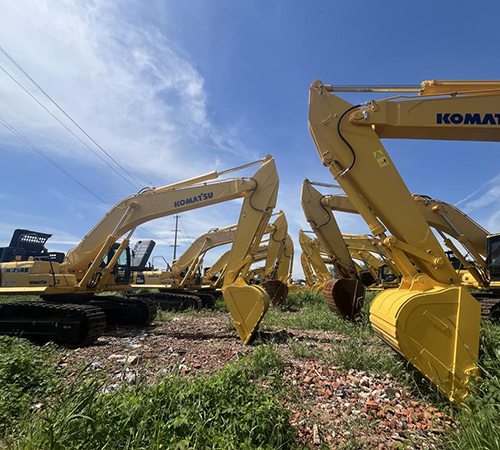
- Procurement Channels and Action Guide1. Purchasing New Equipment:
· Official Channels: Contact the brand’s international division or
its official distributor in the target country directly. · Large-scale trade promotion exhibitions: Such as the Shanghai Bauma Exhibition, which are the best platforms for direct access to all major brands.
2. Purchasing Used Equipment:
· Online Platforms:
· Tiejia.com: Rich in information, including news, forums, and second-hand trading.
· Paijitang: Uses an auction model with a transparent price discovery mechanism.
· Offline Markets: Visit large markets such as Shenzhen Phoenix and Guangzhou Jiangfeng to inspect the products in person, where you can test the equipment and negotiate face-to-face.
· Professional Exporters: Look for trading companies specializing in the export of used equipment. They typically provide one-stop services such as consolidation, refurbishment, export customs clearance, and logistics.
3. Core Recommendations (Avoidance Guide):
· Inspection is paramount: Whether the equipment is new or used, inspect it in person or through a third-party professional organization whenever possible. Check the engine hours, cracks/repairs on structural parts, hydraulic leaks, and smooth operation.
Verify the equipment’s identity: Check the equipment’s nameplate and serial number to ensure it’s sourced and not stolen or counterfeit.
Pay attention to emission standards: Understand the import emission requirements of the target country to avoid equipment clearance issues.
Negotiate after-sales service and accessories: Clarify warranty coverage and understand the brand’s parts availability in the target country.
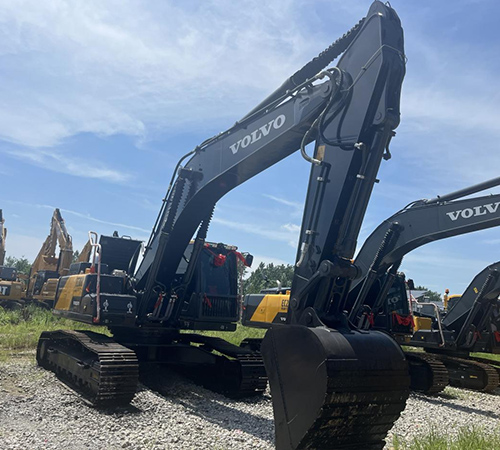
In summary,
China’s construction machinery resources, driven by the dual strengths of technological breakthroughs and cost control from leading domestic brands and the vast availability and flexible circulation of equipment in a mature used market, offer a rich and attractive selection for global buyers of all levels and budgets.
For buyers seeking reliability and long-term value, choosing new domestic equipment is a wise choice. For those seeking the ultimate return on investment and budget-conscious buyers, the Chinese used market offers an irreplaceable treasure trove. The key lies in clarifying one’s needs and utilizing established channels and professional inspection methods to make the optimal choice.






